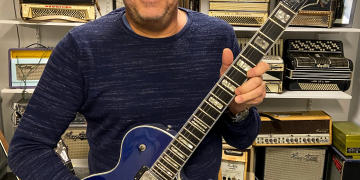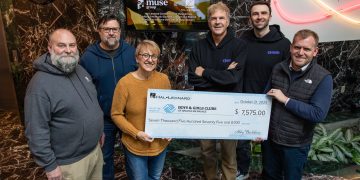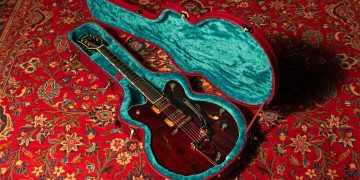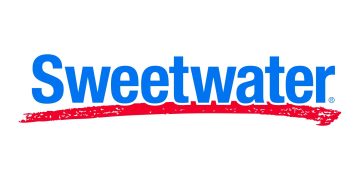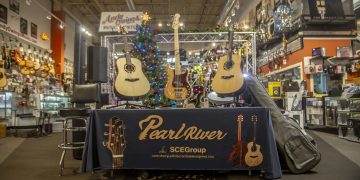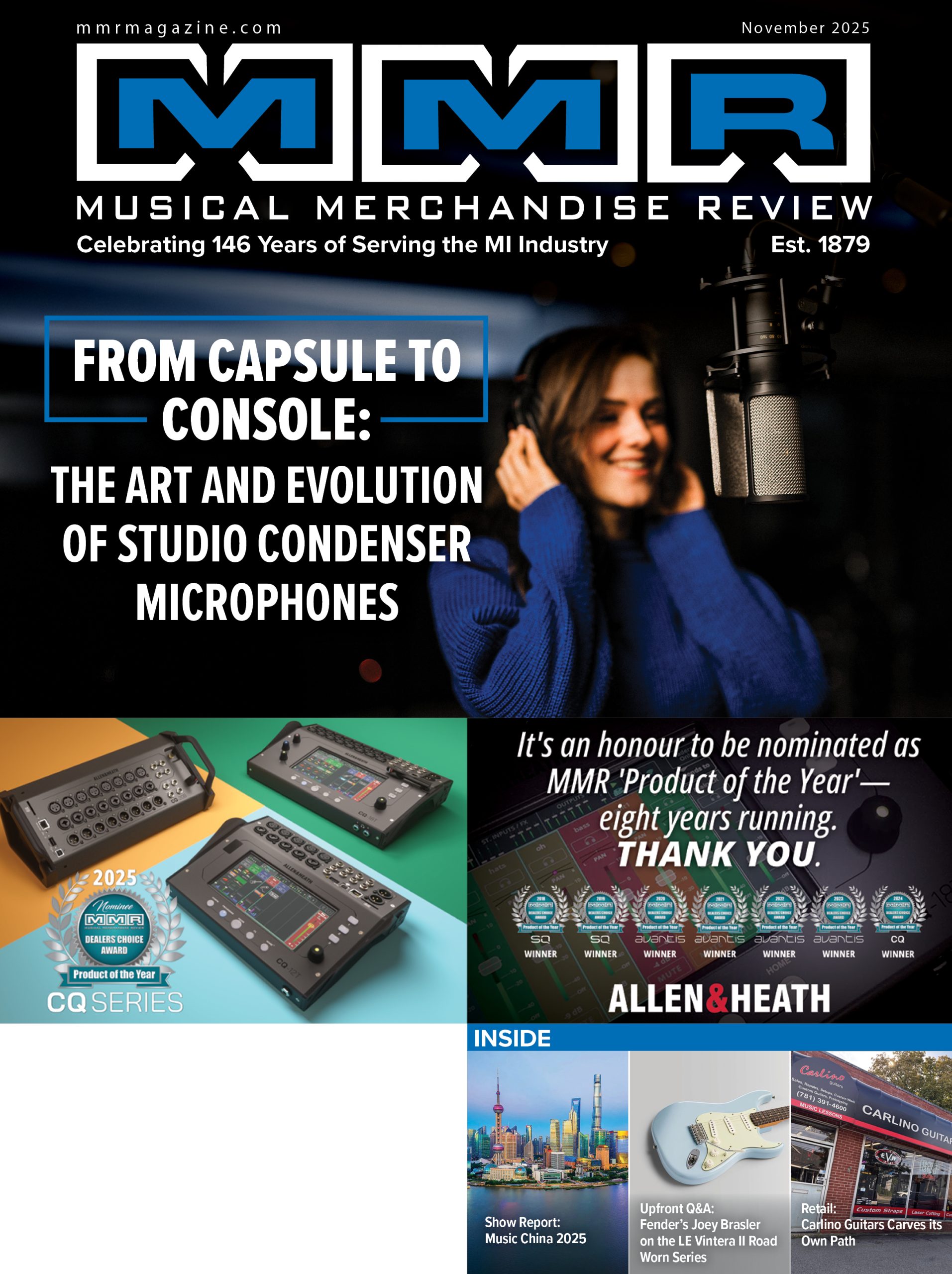 Well, as of a few short weeks ago, another NAMM Show is in the books! Although I was not able to attend, everything I saw from social media posts and heard from others who attended was that it was a great success, both on the industry side and the education side. Plus, another great Grand Rally for Music Education! Congratulations to Mary Luehrsen, Eric Ebel, and the entire NAMM Foundation team for their efforts in making education a vital part of the NAMM Show!
Well, as of a few short weeks ago, another NAMM Show is in the books! Although I was not able to attend, everything I saw from social media posts and heard from others who attended was that it was a great success, both on the industry side and the education side. Plus, another great Grand Rally for Music Education! Congratulations to Mary Luehrsen, Eric Ebel, and the entire NAMM Foundation team for their efforts in making education a vital part of the NAMM Show!
If you are a dealer or manufacturer, did you interact with many educators at the show? Did any of you attend the Grand Rally or other educational events to get a pulse on what is happening in that world? If you are an educator, did you walk the show floor to see all the new products? Did you engage with dealers and manufactures to learn more about what they do? Did you share ideas of how they can better support the work you do? If we continue to operate in silos, I believe we are missing big opportunities on both sides of the fence.
Many in the education world have heard about ESSER funding: the Elementary and Secondary Schools Emergency Relief funds. Handed down to the states by the Federal Government, the ESSER funding came in three waves, simply called ESSER I, ESSER II, and ESSER III. The “Frequently Asked Questions” document produced by the U.S. Department of Education states that, “these Federal emergency resources are available for a wide range of activities to address diverse needs arising from or exacerbated by the COVID-19 pandemic, or to emerge stronger post-pandemic.”1 This same document states that funds can be used to address access to a well-rounded education which, by law, includes fine arts.
We saw many schools using the initial ESSER funds for things like hand sanitizer, masks, shields, disinfecting supplies, and things related to the health and safety of bringing students and teachers back to school. ESSER II continues to be used for health and safety reasons, but is also being used to offset learning loss. This included schools spending funds for technology needed for online learning, including purchasing computing devices and internet access for students who didn’t already have access. Funds were also used to expand various programs for students, including fine arts programs. Things like private lesson programs and after-school remediation programs were some of the many platforms funded by ESSER monies. ESSER III funds continue to provide all of the above, but the guidelines further expanded the use of such capital. It was stated that ESSER funds can be used for, “other activities that are necessary to maintain operation of and continuity of services, including continuing to employ existing or hiring new LEA (Local Education Agency/school district) and school staff.” Additionally, “An LEA might also address the needs of students arising from the COVID-19 pandemic by using ESSER funds to implement or expand arts programs, such as music programs, including purchasing instruments.”1
Now, why is this important information for industry leaders to know? The reason is clearly obvious in the numbers.
To date, the government has signed three ESSER packages into law, totaling $189.5 billion:
ESSER I was approved in March 2020 for $13.5 billion
ESSER II was approved December 2020 for $54.3 billion
ESSER III was approved in March 2021 for $123 billion
As that trickled down to the state and district levels, music educators had to advocate for this funding. Although allowed by law, many fine arts programs were not able to get access to funds because the districts earmarked them for other specific district initiatives. However, those that gained access could purchase instruments in record numbers, many totaling in the millions of dollars of instrument purchases. As educators learned how to present their case to administrators, following the funding guidelines and producing well thought-out needs assessments, more and more money was allocated to music programs, meaning more and more instruments were purchased with these funds.
Music industry professionals can be a great resource to educators when advocating for these funds. Helping educators with needs assessments and proposals can provide the essential justification for the purchase of new instruments. Even though ESSER I spending deadlines have passed and ESSER II spending deadlines are coming up soon (September 2023), ESSER III funds are still available through September 2024. I want to encourage music educators, music administrators and music industry professionals to join forces to help secure funding for your local school district. There are still billions of dollars that are at risk of not being used unless districts create amendments to their ESSER plans and earmark the funding for use. Let’s work together to create a win-win-win for schools, dealers, and manufacturers by providing more access to music education in our schools nationwide.
1 “Frequently Asked Questions,” U.S. Department of Education, May 2021









